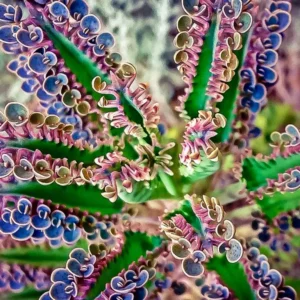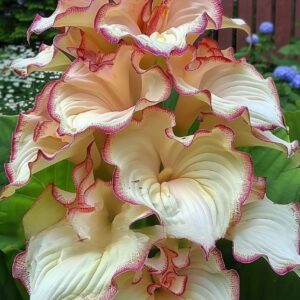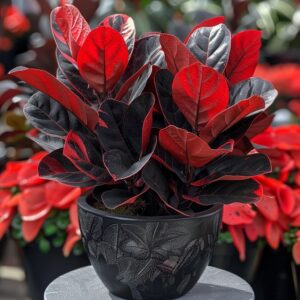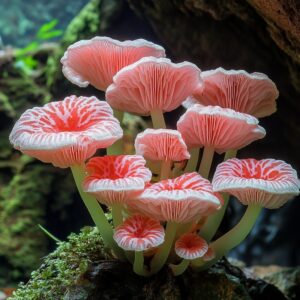In the enchanting realm of flowering plants, the Candy Cane Sorrel (Oxalis versicolor) shines as a true gem. With its vivid colors and playful, candy-striped petals, this delightful flower brings whimsy and joy to gardens and landscapes. Its delicate shape and unique design have made it a beloved choice for gardeners and plant enthusiasts. In this article, we delve into the fascinating world of the Candy Cane Sorrel, uncovering its unique appearance, charming characteristics, and tips for cultivating this sweet and colorful addition to your garden.

Appearance and characteristics
The Candy Cane Sorrel flower is a member of the Oxalis genus, which comprises numerous species of flowering plants. Its common name “Candy Cane Sorrel” is derived from the striking appearance of its petals. Each delicate flower features five petals arranged in a star-like pattern, two of which have candy cane stripes in shades of bright white and vivid red. The contrast between the white and red stripes creates a stunning visual display reminiscent of the festive candy canes enjoyed during the Christmas season.
The foliage of Candy Cane Sorrel is equally captivating. The leaves consist of three heart-shaped leaflets, which close at night and in low light conditions, and open again in the morning to catch the sun.
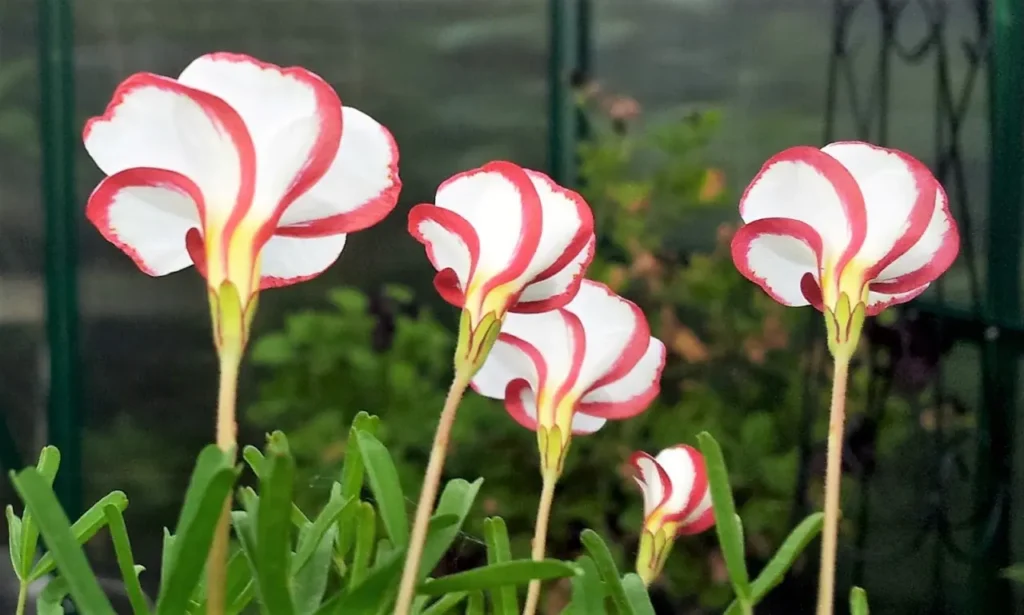
Origin and Distribution
Candy Cane Sorrel is native to South Africa, where it thrives in the region’s warm, sunny climates. Its natural habitat includes open grasslands, rocky hillsides, and sandy soils, where it receives abundant sunlight and well-drained conditions.

Growing and Care
Growing Candy Cane Sorrel can be a delightful and rewarding experience for gardeners. Here are some essential tips for successfully growing and caring for this lovely plant:
- Sunlight: Candy Cane Sorrel thrives in bright, indirect sunlight. It is best to place the plant in a location where it will receive morning or late afternoon sun and be protected from the intense midday sun.
- Soil: Well-drained soil is crucial to the health of Candy Cane Sorrel. A mix of potting soil, perlite, and sand provides the ideal growing medium, preventing roots from becoming waterlogged and promoting healthy growth.
- Watering: Candy Cane Sorrel prefers regular watering, but it is essential to avoid overwatering. Allow the top inch of soil to dry out before watering again, as overly wet conditions can lead to root rot.
- Temperature: Candy Cane Sorrel thrives in warm temperatures and is sensitive to frost. If growing outdoors, make sure the plant is protected during the colder months.
- Propagation: Candy cane sorrel can be propagated by dividing its rhizomes or by planting its seeds. Division is best done in spring when new growth appears, while seeds can be sown in early spring for summer flowers.
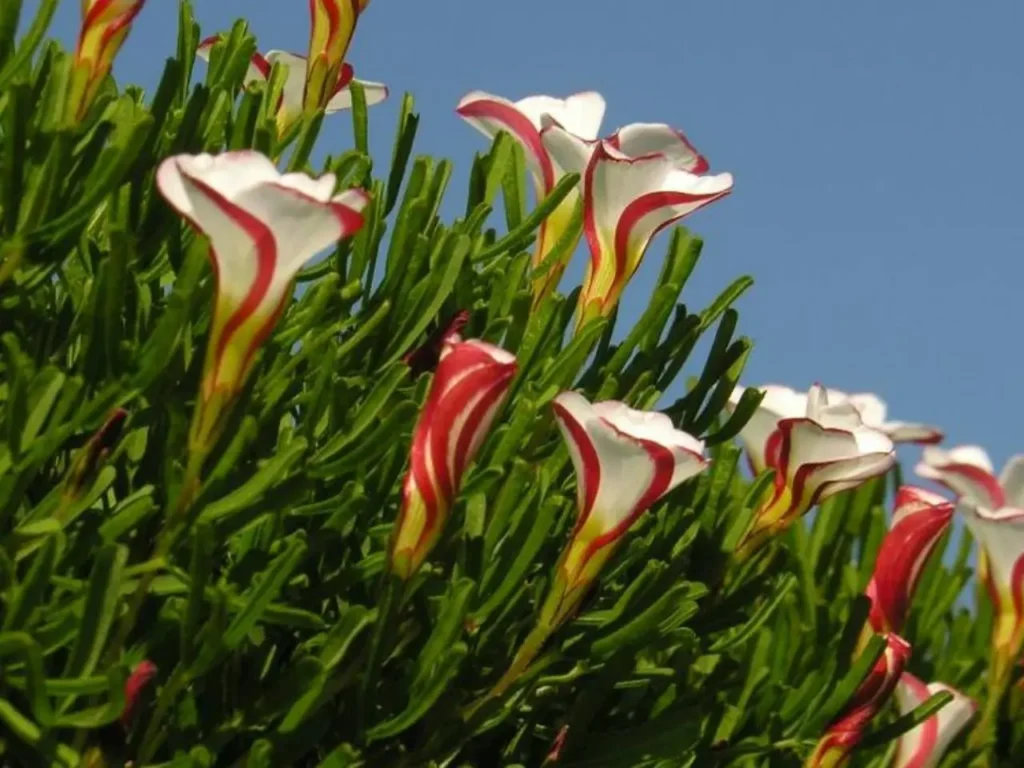
Cultural symbolism
The Candy Cane Sorrel flower brings a sense of delight and joy to gardens, making it a symbol of joy and happiness. Its candy cane-striped petals evoke feelings of nostalgia and festive cheer, making them a delightful addition to holiday-themed gardens and floral arrangements.
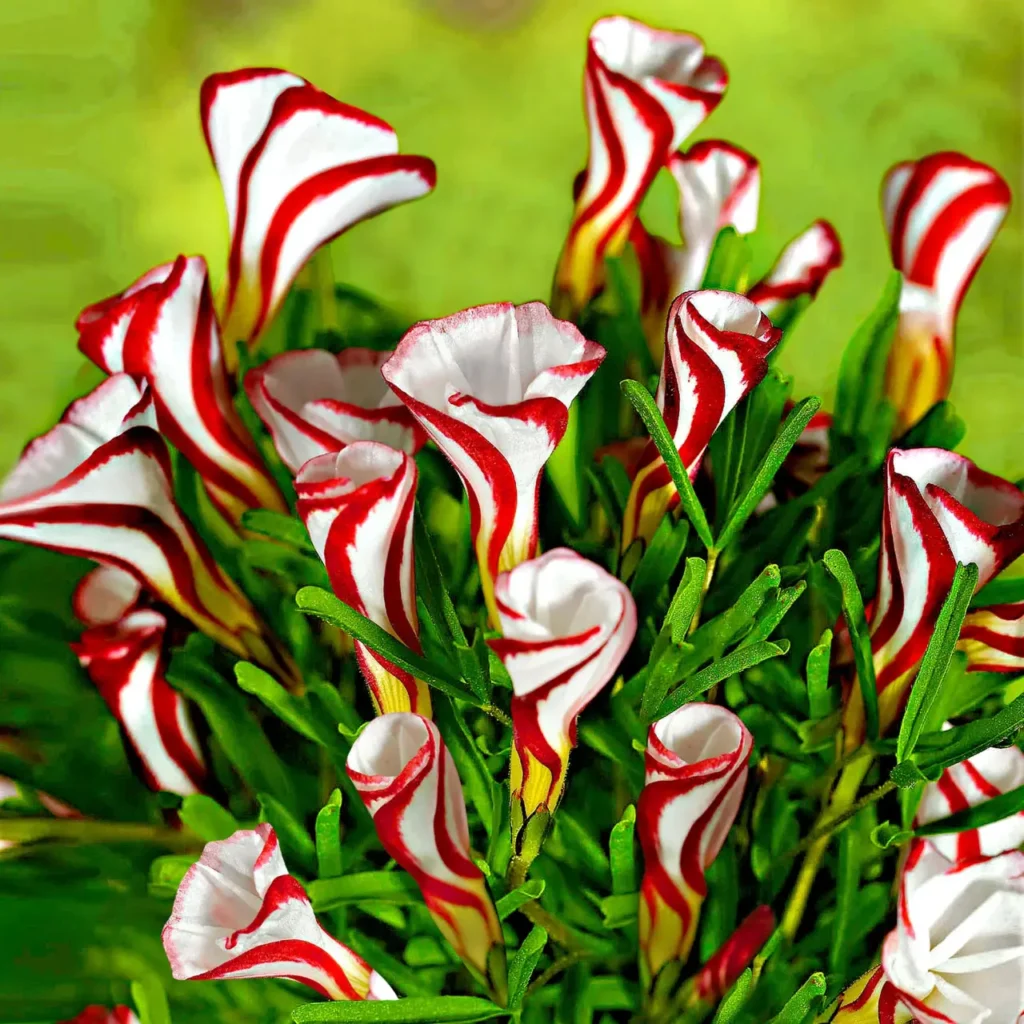
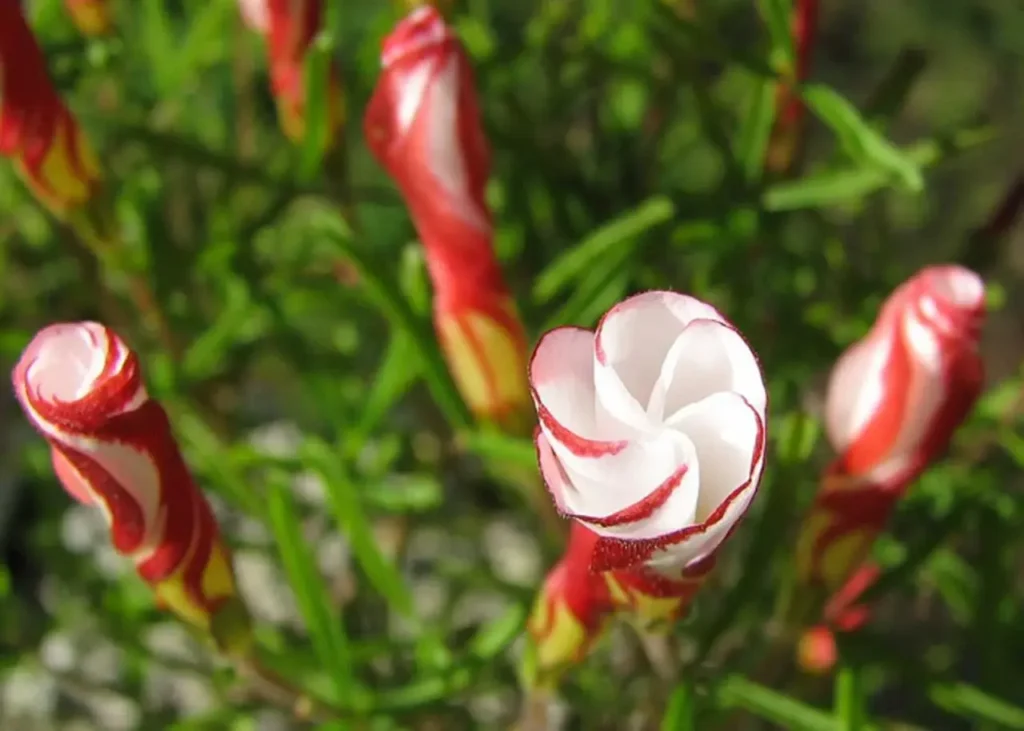
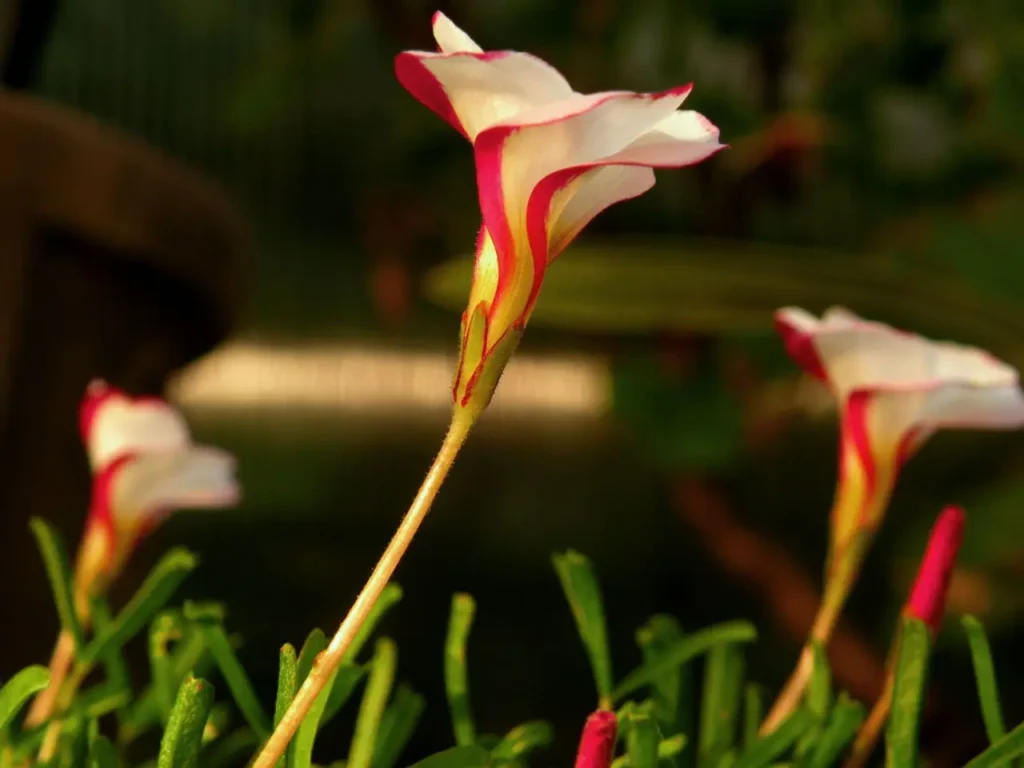
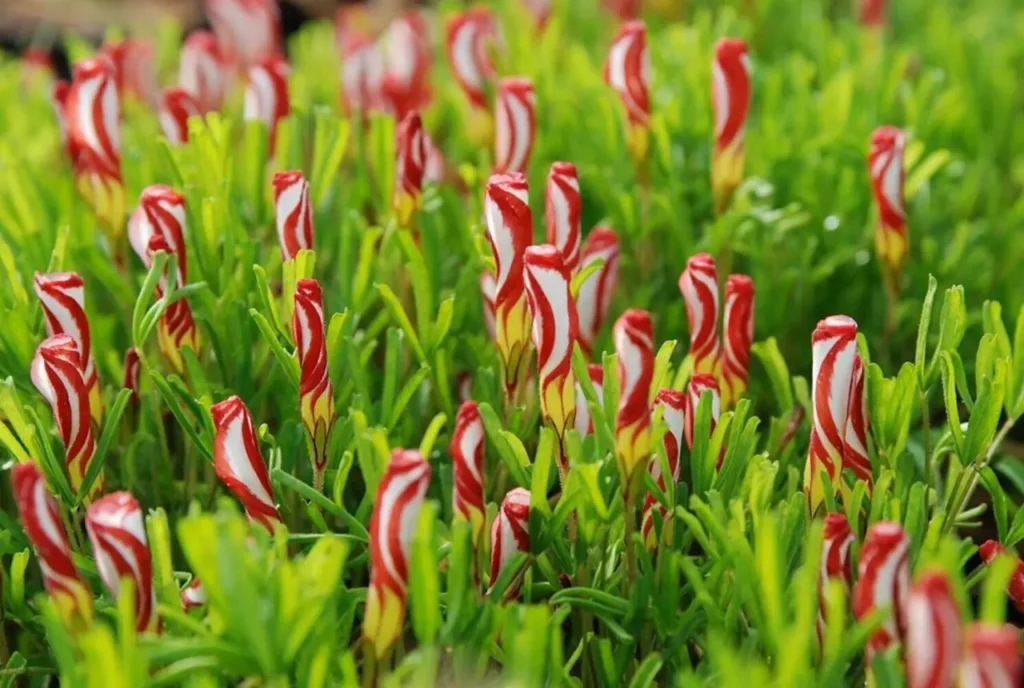
The Candy Cane Sorrel flower enchants and delights all who encounter its sweet, colorful blooms. With its candy cane-striped petals and delicate foliage, this little beauty brings a touch of whimsy and joy to gardens and landscapes. As we cultivate and appreciate the enchanting charm of the Candy Cane Sorrel flower, we are reminded of the simple pleasures found in nature’s botanical treasures. By nurturing and appreciating these delicate plants, we contribute to the beauty and diversity of the natural world, spreading a little sweetness and happiness with each lovely bloom.
